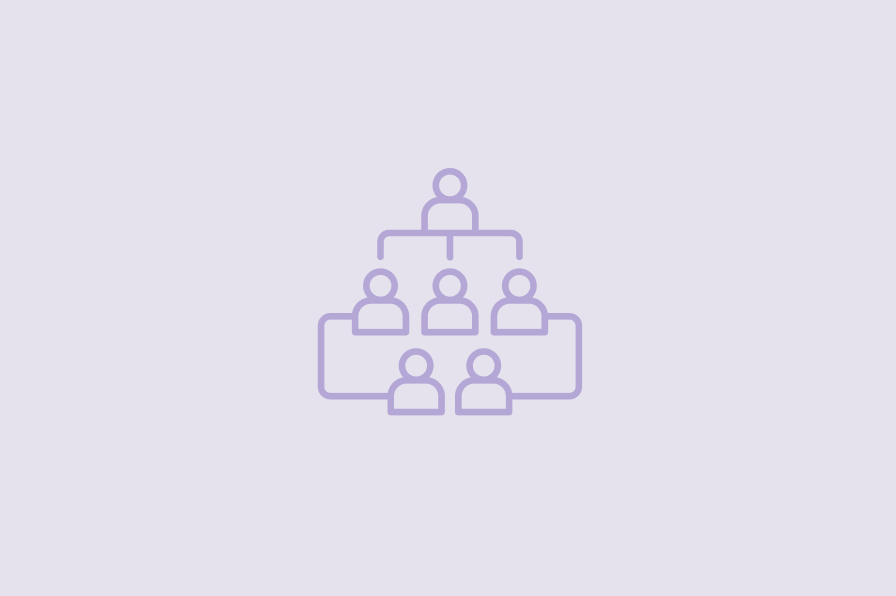All is not well in the American workforce.
While many economic indicators suggest an improving business outlook, worksite employees aren’t so optimistic. Guardian’s recent Mind, Body, and Wallet™ report shows that employee well-being—as measured by Guardian’s Workforce Well-being Index—is in fact at an all-time low.
From return to office policies to resumed student loan payments, there are several factors underlying this pessimism. However, according to Guardian’s study, one of the biggest sources of employee discontent is a perceived decline in employer support for their well-being, just 38% of employees say their employer cares about their well-being, down 13% from 2022.
Beyond the individual implications, this perceived lack of support presents business challenges for PEOs and their clients, as worker loyalty, productivity, and retention are directly tied to employee well-being. Businesses can’t afford to lose key talent, especially in a hyper-competitive job market, and need to take action today.
UNPACKING THE MIND, BODY, AND WALLET CONNECTION
Among all sources of stress cited in the Mind, Body, and Wallet™ report, personal finance challenges are at the root of the problem.
The numbers are sobering. Among full-time working Americans, just 28% of employees said they feel like they have good financial health, down from 44% in 2022. Moreover, 40% report living paycheck-to-paycheck and only 3-in-10 say they are good at managing their personal finances.
As employees worry about how they are going to stretch every dollar, it is easy to see how financial stress can spiral, subsequently impacting mental health, physical health, and overall well-being. Understanding this connection between financial well-being and total well-being is therefore important for PEOs as they think about their own wellness efforts.
OFFERING THE RIGHT SUPPORT
Here’s the good news: Many PEOs already recognize they need to address employees’ well-being. However, work remains.
Take the case of mental health. Guardian’s report indicates that one-third of employees have experienced increased anxiety, depression, or other mental health challenges in the past two years. While the report found that 72% of employers say expanding mental health resources for employees is very important, just 39% of employees say their employer offers adequate support.
It is a similar story for physical wellness. While half of employers offer physical health-related well-being resources, only 32% of employees say it positively impacts their wellness.
TURNING GOOD INTENTIONS INTO MEANINGFUL IMPACT
The numbers are clear. PEOs must find ways to close this gap to effectively support employee well-being. In theory, that’s simple. In practice, doing so requires some upfront work for PEOs, albeit efforts that will drive long-term results.
To start, PEOs should obtain copies of their benefits claims utilization report. Based on this report, PEOs can begin to understand which benefits are being utilized. Just as important as understanding which benefits are driving the most claims, however, is identifying what’s not in the report, or, in other words, the benefits not being utilized.
PEOs should then contextualize those findings against the results of an employee audit. Fortunately, many PEOs already have the necessary audit information through existing HR documentation, including age, location, and number of dependents. The point is not to look at individual employee details, but rather to get a collective understanding of your employee population to better understand their needs, and subsequently why certain benefits are being used more than others.
With this understanding, PEOs can then begin building year-round communication campaigns that support benefits education. Offering ongoing education is critical for PEOs, especially as Guardian found that only four-in-ten employees say that their employer does a good job of educating them about their workplace benefits. Ultimately, the traditional practice of discussing benefits only during open enrollment is not sufficient, and a likely contributor to declining well-being.
While there is no one-size-fits-all approach, an easy way to get started with ongoing communications is to plan programming around key calendar dates. For example, during various cancer awareness months, consider hosting a session for employees that explains the importance of preventative screenings, the concept of wellness reimbursements, and how employees can access such reimbursements through their critical illness or supplemental health policies. While there is no shortage of awareness days, the emphasis should be on quality, not quantity, pick the moments that most resonate with your employee population.
Another effective option is to leverage regular employee touchpoints, including quarterly webinars and testimonials. This is a great way to remind employees about available benefits, offerings, and services that can support well-being. Make the most of these engagement opportunities by making it a vehicle where employees can share their personal experience using a benefit. While no one should be forced or required to share, peer-to-peer conversations are one of the most effective ways to drive benefits engagement.
Regardless of the cadence or channel selected, it’s important to ensure that information is communicated in a way that will resonate with employees. This is especially relevant for PEOs with multi-generational workforces, as not everyone digests information in the same way.
To ensure information resonates, PEOs should once again revisit their employee audit. For example, if a PEO has many Millennial or Gen Z employees, short-form video content may be the best way to deliver information. For PEOs with an older worksite employee base, providing access to representatives via a call center could be valuable. Fortunately, to meet these various needs, many insurance carriers offer free employee-ready education materials PEOs can leverage.
SUPPORTING EMPLOYEE WELL-BEING
The vast majority of PEOs and employers want to do right by their employees. Offering the right mix of workplace benefits—with an emphasis on addressing the mind, body, and wallet connection—is one of the most effective tools PEOs can use to support employee well-being.
With employee recruitment, retention, and productivity on the line, the time to get started is now.
-
SHARE
- Copy to clipboard



